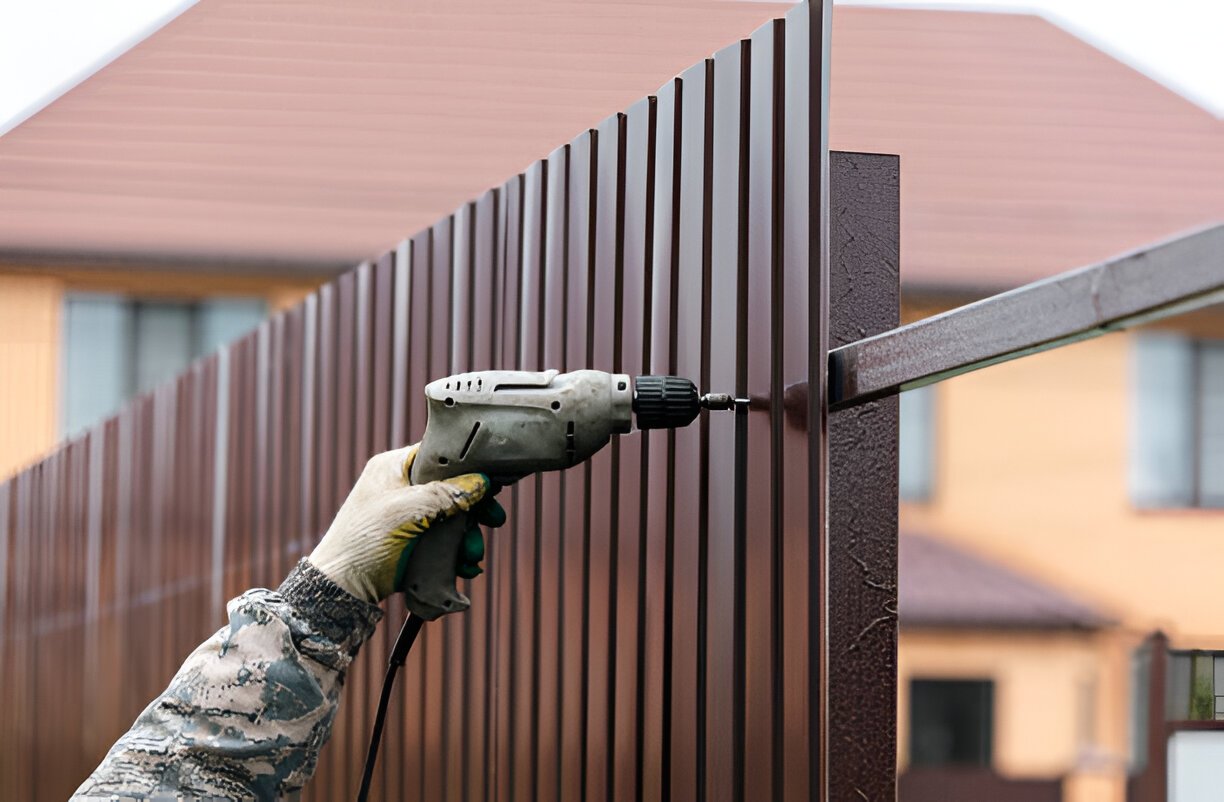Ultrasonic thickness measurement is a widely used non-destructive testing (NDT) method for assessing material thickness and detecting corrosion. Industries like oil and gas, marine, construction, and manufacturing rely on this technique to maintain safety and structural integrity.
However, the accuracy of ultrasonic thickness measurements can be influenced by several factors—from material properties to operator expertise. Using a high-quality ultrasonic thickness gauge can help achieve precise and reliable results. If you’re looking for one, check out this trusted option designed for accurate and efficient measurements.
How Does Ultrasonic Thickness Measurement Work?
Before diving into the factors affecting accuracy, let’s briefly understand how ultrasonic thickness measurement works.
This method uses high-frequency sound waves to penetrate a material. When these waves hit the opposite surface, they bounce back to the probe. The time it takes for the sound to return helps calculate the material’s thickness.
While this sounds straightforward, several external and internal factors can impact the accuracy of the readings.
Key Factors That Affect Ultrasonic Thickness Measurement Accuracy
1. Surface Condition of the Material
A rough or corroded surface can interfere with sound wave transmission, leading to inaccurate readings. Dirt, rust, paint, and coatings can absorb or scatter ultrasonic signals, making it harder to measure the true thickness.
How to Fix It:
✔ Clean the surface thoroughly before taking measurements.
✔ Use a suitable couplant to improve sound wave transmission.
✔ If the surface is too rough, grind or smoothen it before testing.
2. Couplant Application
A couplant is essential for ensuring proper contact between the probe and the material. Without it, air gaps can form, weakening the ultrasonic signal and leading to incorrect thickness readings.
How to Fix It:
✔ Use the right couplant for the material and environmental conditions.
✔ Apply a consistent, even layer to avoid air pockets.
3. Material Type and Composition
Different materials transmit sound waves at different speeds. Metals like steel, aluminum, and titanium have different sound velocities, affecting measurement accuracy. Composite materials and plastics can further complicate readings due to varying densities.
How to Fix It:
✔ Calibrate the ultrasonic thickness gauge for the specific material being tested.
✔ Refer to material-specific sound velocity charts.
4. Coatings and Paint Layers
Many structures have protective coatings or paint, which can affect ultrasonic measurements. Some gauges can measure through coatings, while others require them to be removed for accurate readings.
How to Fix It:
✔ Use a multiple-echo ultrasonic thickness gauge to measure through coatings.
✔ If needed, remove thick coatings before testing.
5. Temperature of the Material
Heat affects how sound waves travel. Higher temperatures slow down sound velocity, leading to incorrect thickness readings. This is especially critical in industries dealing with boilers, pipelines, and high-heat environments.
How to Fix It:
✔ Use a gauge with temperature compensation features.
✔ Allow materials to cool before testing, if possible.
✔ Use high-temperature couplants for accurate readings.
6. Probe Frequency and Type
The probe (or transducer) used in ultrasonic testing plays a crucial role in accuracy. Lower-frequency probes penetrate deeper, while higher-frequency probes provide better resolution for thinner materials.
How to Fix It:
✔ Choose the correct probe frequency based on material thickness.
✔ Ensure the probe is in good condition and free from wear.
7. Probe Contact and Alignment
Improper probe placement can cause inconsistent readings. If the probe isn’t fully in contact with the material or is positioned at an angle, sound waves may not reflect properly.
How to Fix It:
✔ Hold the probe firmly against the surface.
✔ Keep the probe perpendicular to the material to ensure accurate readings.
8. Sound Wave Scattering and Attenuation
Some materials, like cast iron and composites, have irregular grain structures that can scatter sound waves. This can reduce accuracy and make it difficult to obtain stable readings.
How to Fix It:
✔ Use lower-frequency probes to improve penetration in coarse-grained materials.
✔ Take multiple readings and average them for better accuracy.
9. Calibration and Instrument Settings
An improperly calibrated ultrasonic thickness gauge can produce unreliable measurements. Calibration ensures that the gauge’s readings match known material thickness values.
How to Fix It:
✔ Always calibrate the gauge before use, using a reference block of the same material.
✔ Adjust the sound velocity settings according to the material being tested.
10. Operator Skill and Experience
Even with the best equipment, accuracy depends on the operator’s skill and knowledge. Misalignment, incorrect calibration, and improper couplant use are common mistakes that lead to inaccurate readings.
How to Fix It:
✔ Ensure operators receive proper training on ultrasonic testing techniques.
✔ Practice taking multiple readings to improve precision.
✔ Follow standard testing procedures to minimize human error.
Best Practices for Achieving Accurate Ultrasonic Thickness Measurements
Now that we know what can go wrong, here are some best practices to ensure precise measurements:
✔ Use a high-quality ultrasonic thickness gauge with advanced features.
✔ Keep the surface clean and apply couplant evenly.
✔ Choose the correct probe frequency based on material type and thickness.
✔ Calibrate the gauge before each use for consistent accuracy.
✔ Take multiple readings to confirm accuracy, especially on uneven surfaces.
✔ Follow industry standards and best practices for ultrasonic testing.
Final Thoughts
Ultrasonic thickness measurement is an essential tool for detecting corrosion and assessing material integrity. However, various factors—from surface condition to operator expertise—can affect accuracy.
By using the right equipment, proper calibration, and correct testing techniques, you can ensure reliable and precise measurements. If you’re in need of an ultrasonic thickness gauge that delivers accuracy and efficiency, investing in a trusted and high-quality device will make all the difference.
















Leave a Reply